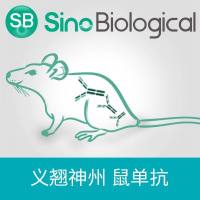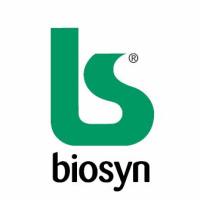The T-Dependent Antibody Response to Keyhole Limpet Hemocyanin in Rodents
互联网
389
Central to the evaluation of potential immunotoxicants is the concept that measurement of multiple parameters is required for the determination of toxicity toward the immune system. A carefully considered integration of endpoints involved in the immune response should be used to determine an immunotoxic effect. A functional evaluation, specifically the rodent T-cell-dependent antibody response (TDAR) model developed for regulated immunotoxicity evaluations, has been established to detect potential immunotoxicity, especially immunosuppression, caused by chemicals and novel pharmaceuticals in development. This chapter provides an overview and detailed procedures involved in the TDAR assay that measures the immune response (i.e., antibody production) to an introduced antigen (i.e., keyhole limpet hemocyanin (KLH)) in rats or mice treated with a chemical (e.g., a known immunotoxicant and/or a new drug candidate). The TDAR model of competent immune function requires the participation of multiple effector cells such as antigen presenting cells, T lymphocytes, and B lymphocytes to produce the final product, the antigen-specific antibody response. Thus, alterations in the level of antibody production to the specific antigen may reflect effects on any or all of the cell populations involved in TDAR.









